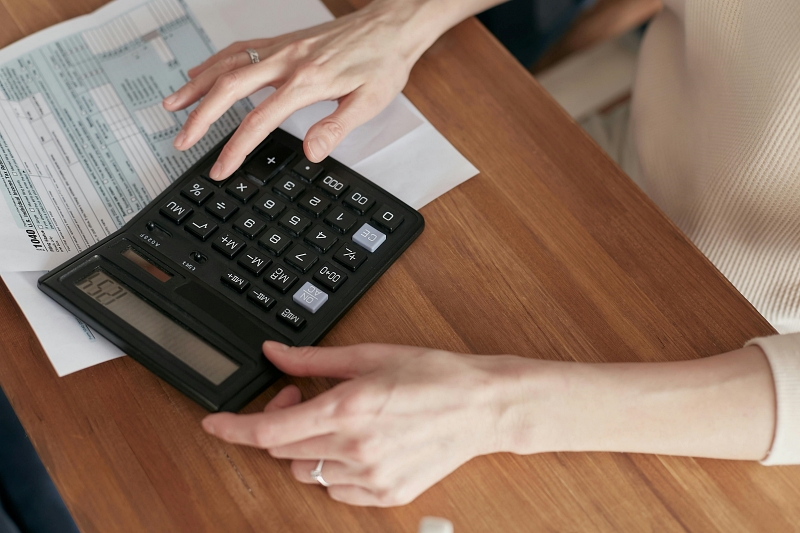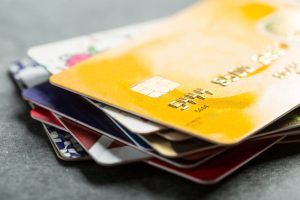When gearing up for major seasonal expenses, strategic preparation offers peace of mind and financial stability. Whether you’re planning for the expenditure spike during holidays, summer vacations, or winter heating bills, having a solid financial strategy is essential. This blog post dives into effective ways to get ready for these predictable costs.
The first step involves understanding the nature and timing of these expenses throughout the year. By forecasting your costs, you can save in advance rather than scrimping at the last minute. It’s crucial to identify the times when these predictable expenses will hit, such as festive seasons, vacation months, or annual property taxes.
Identifying your seasonal spending

A key element of seasonal financial planning is accurately identifying when and where these costs will arise. Holidays like Christmas and Thanksgiving often lead to increased spending on gifts, food, and travel. Similarly, the summer months might involve higher costs due to vacations, outdoor events, or increased utility bills from hotter weather.
Understanding your spending patterns helps in allocating resources efficiently and avoiding budget busters during these periods. Start by listing significant events, festivities, or times of year that typically require additional funds. This proactive approach will give you a clearer picture of when you need to beef up savings.
Once you have a list of these occasions, start assessing the average costs associated with each. For example, if you know that during the holiday season you tend to spend a significant amount on gifts, travel, or decorations, estimate these costs based on previous years.
Creating a savings plan
Once you’ve identified and estimated your seasonal expenses, the next step is creating a savings plan specifically for these expenditures. Start by dividing the total estimated cost by the number of months remaining until the expenditure period. This figure is the amount you should aim to put aside each month, forming a special seasonal expense fund.
It’s also wise to prioritize your savings based on urgency and importance. Some expenses, like heating bills in the winter or tax payments, are non-negotiable and should be prioritized in your savings plan. On the other hand, costs related to gifts or vacations, while important, can sometimes be adjusted based on your financial situation.
Adjusting your budget
Incorporating seasonal expenses into your budget requires flexibility and constant adjustment. Begin by revisiting your current budget to identify discretionary spending areas. Consider cutting down on non-essential expenses to allocate more funds towards your seasonal savings. Remember that your budget is not static; it should evolve with your changing financial landscape and priorities.
Moreover, use technology to help track your progress throughout the year. Many budgeting apps offer features to set aside and monitor savings goals, reminding you to stay consistent with your financial strategies. These tools can give you peace of mind and a sense of control, showing you real-time data on how well you’re adhering to your plan.
Seeking professional advice
There are times when consulting a financial advisor can greatly benefit your seasonal planning. These experts can offer personalized advice tailored to your unique situation. If seasonal expenses leave you feeling overwhelmed or if your financial situation has complexities you can’t tackle alone, professional guidance might be the right option.
Choosing the right financial advisor is a crucial step. Ensure that they are certified and have good references. It’s important that they understand your personal goals and are adept at crafting plans that align with your lifestyle. The right advisor can offer not only advice but also reassurance and confidence in your ability to manage your finances.
Utilizing tools and resources
Do not underestimate the power of modern technology and resources that can aid in your seasonal preparation. Beyond budgeting apps, numerous tools are available that can help track expenses, forecast future costs, and even find discounts and deals during peak spending times. Websites dedicated to financial advice often host calculators, checklists, and templates designed to simplify the planning process and make it more accessible.
Expanding your financial literacy through reading blogs, listening to podcasts, or attending webinars can significantly enhance your planning skills. Engaging with content from industry experts allows you to learn tips and tricks that may align with your goals. Take advantage of free materials from reputable financial organizations that focus on personal finance. Sharing knowledge is an invaluable part of preparing for times of increased expenditure.





